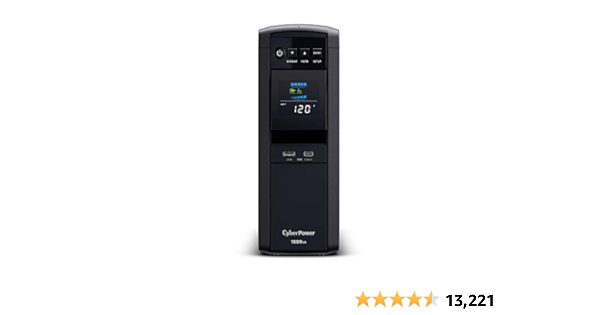Hi All, about a Proper Uninterruptible Power Supply for a Mac Pro 2019
with 28 cores CPU, 580x GPU, and a 30 inch Monitor( DELL u3014t, 54 Watt on spec).
I have tested the power Consumption of above set up
Fully Loaded GPU and CPU
about 441W
Fully Load CPU only
about 398W
Normal Standby
about 100-180W
DELL U3014t (normal brightness)
36W
Which means about 500W when Max load
Later may add VII GPU and PCI-E Blades SSDs RAIDs and Promise J2i with 2x 3.5inch HDD
Sometimes if the power gets disconnected when it is fully loaded, it can still keep up and running for a few minutes.
In this case How many VA UPS do I need?
Thanks a lot
with 28 cores CPU, 580x GPU, and a 30 inch Monitor( DELL u3014t, 54 Watt on spec).
I have tested the power Consumption of above set up
Fully Loaded GPU and CPU
about 441W
Fully Load CPU only
about 398W
Normal Standby
about 100-180W
DELL U3014t (normal brightness)
36W
Which means about 500W when Max load
Later may add VII GPU and PCI-E Blades SSDs RAIDs and Promise J2i with 2x 3.5inch HDD
Sometimes if the power gets disconnected when it is fully loaded, it can still keep up and running for a few minutes.
In this case How many VA UPS do I need?
Thanks a lot
Last edited:








